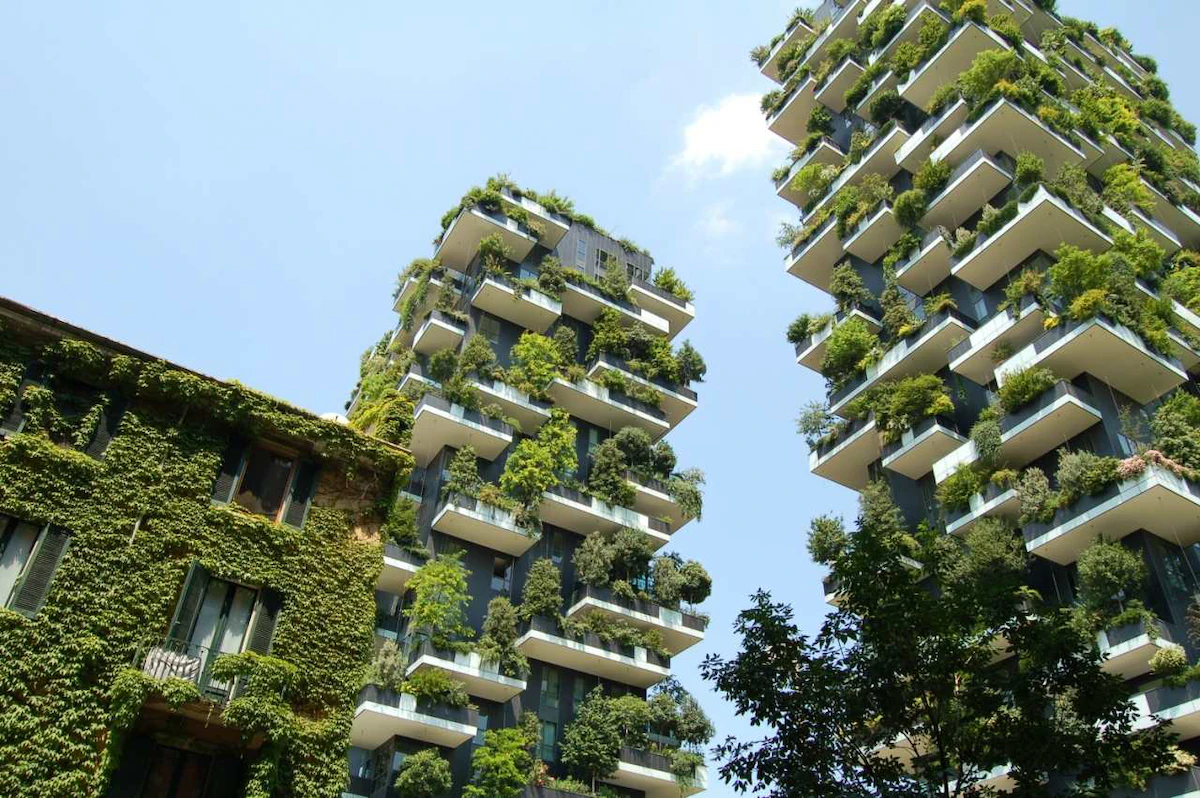
As cities become more densely populated, there is a growing need for green spaces to improve air quality, reduce noise pollution, and provide a host of other benefits. Green roofs and living walls are two innovative solutions that can help to create these green spaces, and also provide a range of other benefits. In this article, we will explore the benefits of green roofs and living walls, and how they can contribute to a more sustainable future.
Green roofs are vegetative roofs that are covered with plants and vegetation. They are an increasingly popular choice for commercial buildings, as well as residential homes. One of the main benefits of green roofs is their ability to reduce urban heat islands. Urban heat islands are areas where temperatures are significantly higher than surrounding rural areas, due to the high concentration of concrete and other materials that absorb heat. Green roofs can help to cool these areas by providing shade, evaporative cooling, and insulation.
Another benefit of green roofs is their ability to reduce stormwater runoff. In urban areas, rainwater often runs off buildings and pavements, picking up pollutants along the way and causing flooding. Green roofs can help to absorb and store rainwater, reducing the amount of runoff and improving water quality. In addition, green roofs can also improve air quality by capturing pollutants and filtering particulate matter.
Living walls, also known as green walls, are vertical gardens that are attached to the exterior or interior of buildings. Like green roofs, living walls can help to reduce urban heat islands and improve air quality. They can also help to reduce noise pollution by absorbing sound waves and providing a sound barrier between buildings and the surrounding environment.
Living walls can also provide a range of other benefits. For example, they can be used to grow food and herbs, creating a source of fresh produce in urban areas. They can also be used to create habitats for birds and insects, contributing to biodiversity in urban areas. In addition, living walls can provide aesthetic benefits, adding greenery and natural beauty to otherwise bland or unattractive buildings.
Overall, the benefits of green roofs and living walls are significant. They can help to improve air quality, reduce noise pollution, and mitigate the effects of urban heat islands. They can also contribute to biodiversity and provide a source of fresh produce in urban areas. In addition, they can help to reduce stormwater runoff and improve water quality. All of these benefits contribute to a more sustainable future, making green roofs and living walls an increasingly popular choice for architects, builders, and homeowners alike.
However, it is important to note that there are also some potential challenges associated with green roofs and living walls. One challenge is the cost of installation and maintenance. Green roofs and living walls require specialized equipment and expertise, and may require ongoing maintenance to ensure that they remain healthy and vibrant.
Another challenge is the weight and structural implications of green roofs and living walls. In order to support the weight of soil, plants, and water, buildings may need to be structurally reinforced, which can be expensive and time-consuming.
Despite these challenges, the benefits of green roofs and living walls make them an increasingly popular choice for architects, builders, and homeowners. With their ability to improve air quality, reduce noise pollution, and contribute to a more sustainable future, green roofs and living walls are sure to continue to gain popularity in the years to come.
In conclusion, green roofs and living walls are innovative solutions that can help to create green spaces in urban areas, while also providing a range of other benefits. From reducing urban heat islands to improving water quality, green roofs and living walls are an important tool for creating a more sustainable future. While there are challenges associated with installation and maintenance, the benefits of green roofs and living walls make them a popular choice for architects, builders, and homeowners alike.


